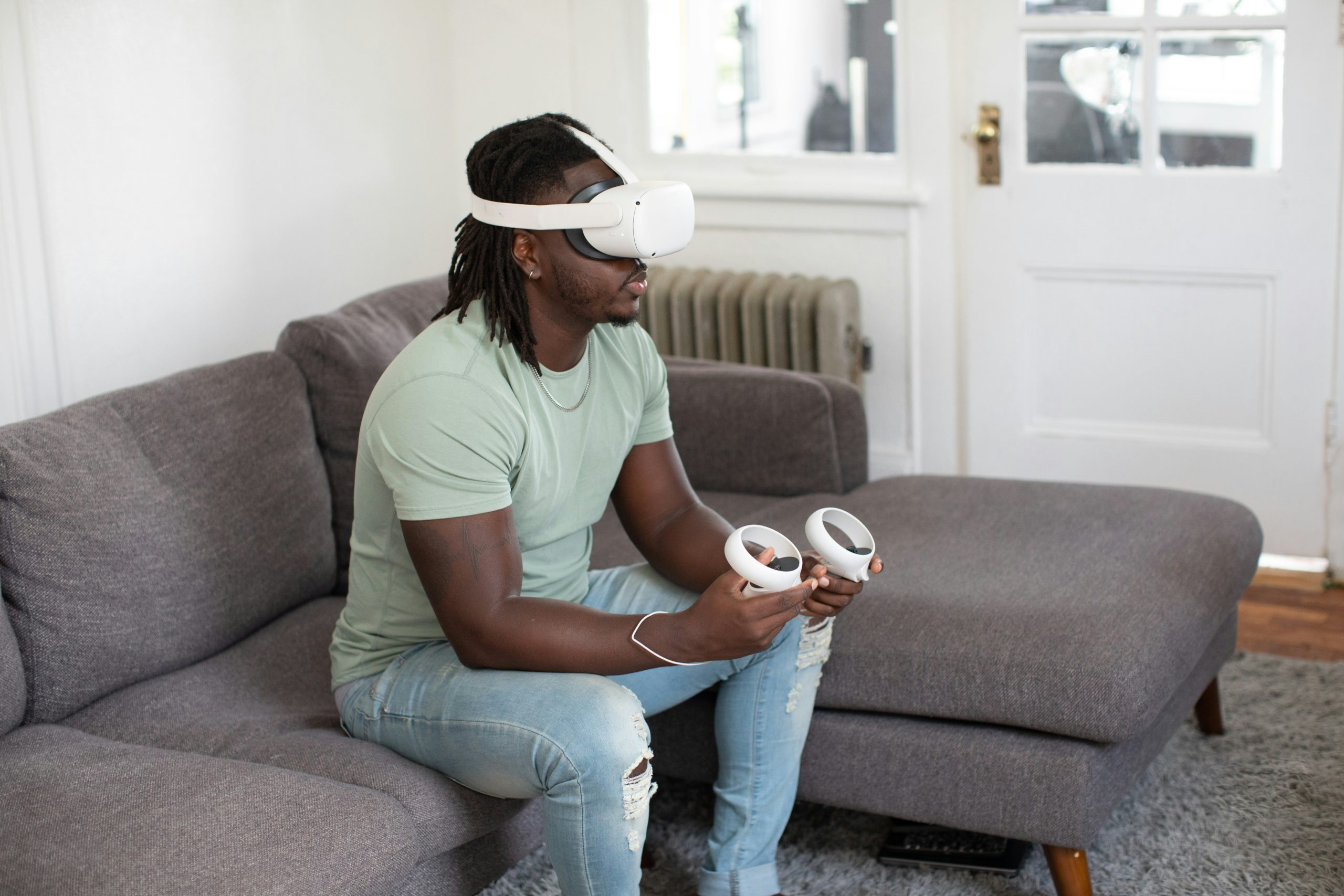Exploring the future of augmented and virtual reality devices
The advancements in technology have paved the way for immersive experiences in the world of augmented and virtual reality devices. These devices have the ability to transport us to entirely new worlds, enhance our reality, and change the way we interact with our surroundings. As the market for these devices continues to grow, it is important to explore the potential of their future and the impact they will have on our society. In this article, we will delve into the possibilities of augmented and virtual reality devices and how they will shape the future. 
The Evolution of Augmented and Virtual Reality Devices
Augmented reality (AR) and virtual reality (VR) are often mentioned together, but they are two distinct technologies. Augmented reality adds digital elements to our real-world environment, while virtual reality creates an entirely new digital world for us to explore. Both have come a long way since their inception and have revolutionized various industries, including gaming, healthcare, education, and many more.
The Current State of Augmented and Virtual Reality Devices
Over the years, we have witnessed some remarkable developments in AR and VR devices. The release of Google Glass in 2013 was a major breakthrough in AR technology, bringing hands-free, smartphone-like experiences to users through a pair of glasses. On the other hand, devices like the Oculus Rift and HTC Vive have allowed us to fully immerse ourselves in virtual worlds, complete with 360-degree views and haptic feedback.
Furthermore, the introduction of smartphone AR technology, such as Apple’s ARKit and Google’s ARCore, has made AR more accessible to the general public. These technologies have opened up a world of possibilities for AR use in everyday life, from trying on clothes virtually to navigating through a city with AR directions.
The Future of Augmented and Virtual Reality Devices
The current state of AR and VR devices is just the tip of the iceberg. As technology continues to evolve, the future of these devices holds endless possibilities. Here are some of the potential advancements we can expect to see in the coming years:
Mixed Reality
Mixed reality (MR) lies at the intersection of AR and VR, creating a hybrid environment where virtual and physical objects can coexist and interact with each other. This technology has the potential to enhance the way we work, learn, and communicate. With MR, we can have virtual meetings and collaborate on virtual whiteboards, making remote work more efficient and productive.
Wearable Devices
As AR and VR devices become more compact and portable, we can expect to see a rise in wearable devices. Apart from smart glasses, we can see the integration of these technologies into everyday objects such as watches, jewelry, and even clothing. These devices will not only add new layers of interactivity but also seamlessly blend into our daily lives.
Realistic Sensory Experience
One of the limitations of current AR and VR devices is that they primarily focus on the visual and auditory experience. In the future, we can expect to see developments that tap into other senses, such as touch, smell, and taste. This will take immersion to a whole new level and open up new possibilities for training, therapy, and entertainment.
The Impact on Society
The increasing use and advancements of AR and VR devices will undoubtedly have an impact on our society. Here are some of the potential implications:
Education and Training
AR and VR technology can revolutionize the way we learn and train by providing realistic and immersive experiences. Students can virtually visit historical sites, travel to different parts of the world, and conduct scientific experiments without leaving the classroom. Similarly, employees can undergo immersive training simulations, reducing the need for physical equipment and resources.
Entertainment and Gaming
The entertainment and gaming industry has been significantly impacted by AR and VR, and this trend is likely to continue. With more advanced devices, we can expect even more immersive gaming experiences and interactive storytelling. Furthermore, concerts, sports events, and other live events can be experienced virtually, making them accessible to a global audience.
Social Interaction
As AR and VR devices become more prevalent, they have the potential to change the way we interact with others. Virtual reality social platforms, such as Facebook’s Horizon, could provide the opportunity for people to connect and hang out in the digital world. This could have a significant impact on those who are unable to leave their homes due to physical limitations.
Conclusion
Augmented and virtual reality devices have come a long way and have a promising future ahead. As technology continues to advance, we can expect to see more developments in these devices that will shape our societies in unimaginable ways. It is an exciting time to explore the potential of AR and VR and be a part of the ever-evolving world of immersive technology.
What do you think the future holds for augmented and virtual reality devices? Let us know in the comments!










